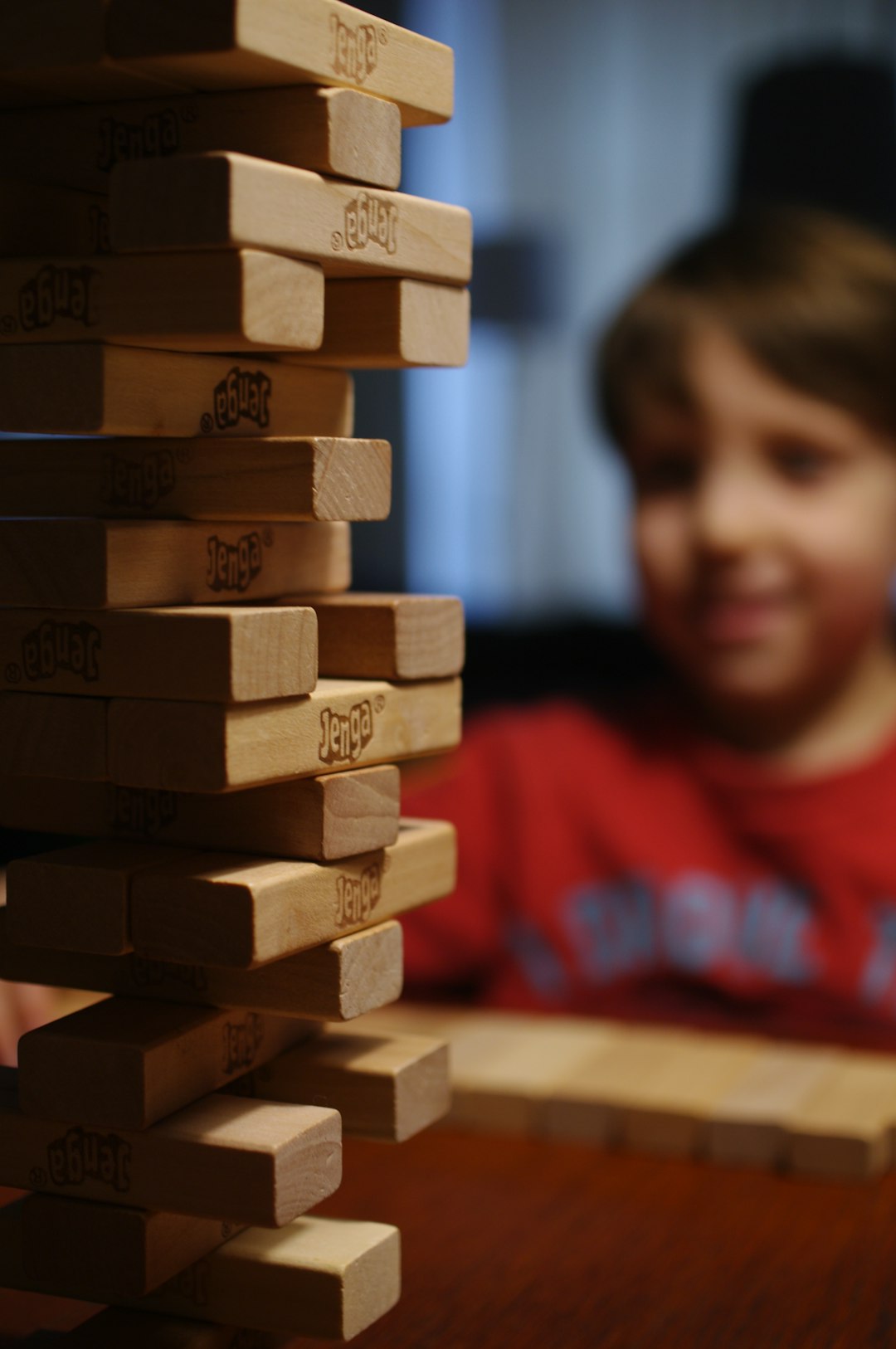Cerebellum fun - a game of jacks.
Right/left coordination and eye/hand fine motor control are displaying cerebellum function - and practicing it which helps maintain function & neuron health.
The last post was unfinished, and I have been working on where it was going, how it fits into the main graphic and misfolded protein topic - but it is a holiday. Playing a game of jacks would be a fun way to challenge your cerebellar function and improve it as you improve. The cerebellum is increased in electrical activity during independent or coordinated eye/hand movement. (1) Tracking a ball with the eyes and not grabbing it uses the cerebellum and grabbing it would also be using cerebellar function.

My great aunt taught me how to play one summer day on an old wooden porch. With one hand you toss a small bouncy ball up in the air and reach to grab the jacks in front of you on the porch, and then catch the ball on the rebounce with the same hand. Can you do it? Did you get all the jacks, or the correct amount for that round?
She was in her 70’s at the time, of my youth, and still good at playing jacks, sitting on the edge of a wooden porch. She remained sharp and active into later years. My grandma also, who lived to age 104. Farming is good for health, even if gardening is now linked myocarditis in mainstream media (wash your hands after working in garden soil in case of any soil contaminants and organic gardening avoids modern pesticides and herbicides which can be a misfolded protein risk).
I forget the rules, or there are variations. A typical game is to try for one jack, then two, then three, and so forth, until you miss. Then it is the other person’s turn. Or you can play on your own. A variation was to form your other hand into a little cave or stable shape and with each round you are sliding the jacks into the stable instead of picking them up. That variation is less fun on an old wooden porch, with splinters. Softer plastic jacks are available, but that would miss out on the charm of stepping on the metal ones in the dark - an opportunity to stand on one leg (while jumping around in pain - further challenging your sense of balance and composure).
Fun is all around, look for it and it is easier to spot.

Practice - doing coordinated activity for 45 seconds or longer is needed for brain pathways to form, called neuroplasticity. (Video with another cerebellar exercise, and function evaluation test, 3)
Malleable nerve pathways, we can grow new pathways with practice and learning, and forget old ones through disuse - literally not using thinking about or doing something is what helps us forget those thoughts or habits. It is easier to change a habit by substituting new actions then to try to “stop” by willpower. The more you think about “stopping that thing”, then the more you are focusing on those thoughts still instead of getting on with doing and thinking about new things and building new pathways. Neuroplasticity is a longer topic for another day, involving endocannabinoids.
Happy Freedom Day! Free to live your life today - being present and choosing new pathways to build - by doing things which builds the new pathways. Communication means listening and asking questions - of yourself and others.

Five questions to ask a team or oneself:
Paraphrase/summary of Gordon Tredgold’s blog: Five questions that good leaders ask.
Is there a simpler way to do this?
Can you explain this idea? Maybe it isn’t right if the explanation isn’t clear.
What should we/I stop doing? What is productive and useful for the primary goal/s?
Is this urgent? or is it important? Schedule time for important tasks so there isn’t always brushfire work to urgently see to - or browse social media urgently ;-).
Do you think this approach will succeed? Negative attitudes can lead to negative results, or may suggest a gut feeling that the path is not ideal in some way, or too many ways.
“If you want to become a leader start by leading yourself #leadership” - @GordonTredgold
Remember that if you are not leading yourself, your own life, then you are follower of the whims of someone else, or a general societal nudge in a direction someone else is paying to promote.
After the game of jacks, a recent audio, half hour, is worth a listen: Spartacus. It is packed with details about our recent past and a history of research from longer ago.
Disclaimer: This information is provided for educational purposes within the guidelines of fair use. While I am a Registered Dietitian this information is not intended to provide individual health guidance. Please see a health professional for individual health care purposes.
Reference List
Miall, R., Reckess, G. & Imamizu, H. The cerebellum coordinates eye and hand tracking movements. Nat Neurosci 4, 638–644 (2001). https://doi.org/10.1038/88465 https://www.nature.com/articles/nn0601_638
Gordon Tredgold, Five questions that good leaders ask. May 23, 2017, https://gordontredgold.com/five-questions-that-good-leaders-ask/
Daniel Miller, Cerebellum Diagonal Exercises, April 18, 2012, youtube.com, https://youtu.be/z7aZYcUrAcU


